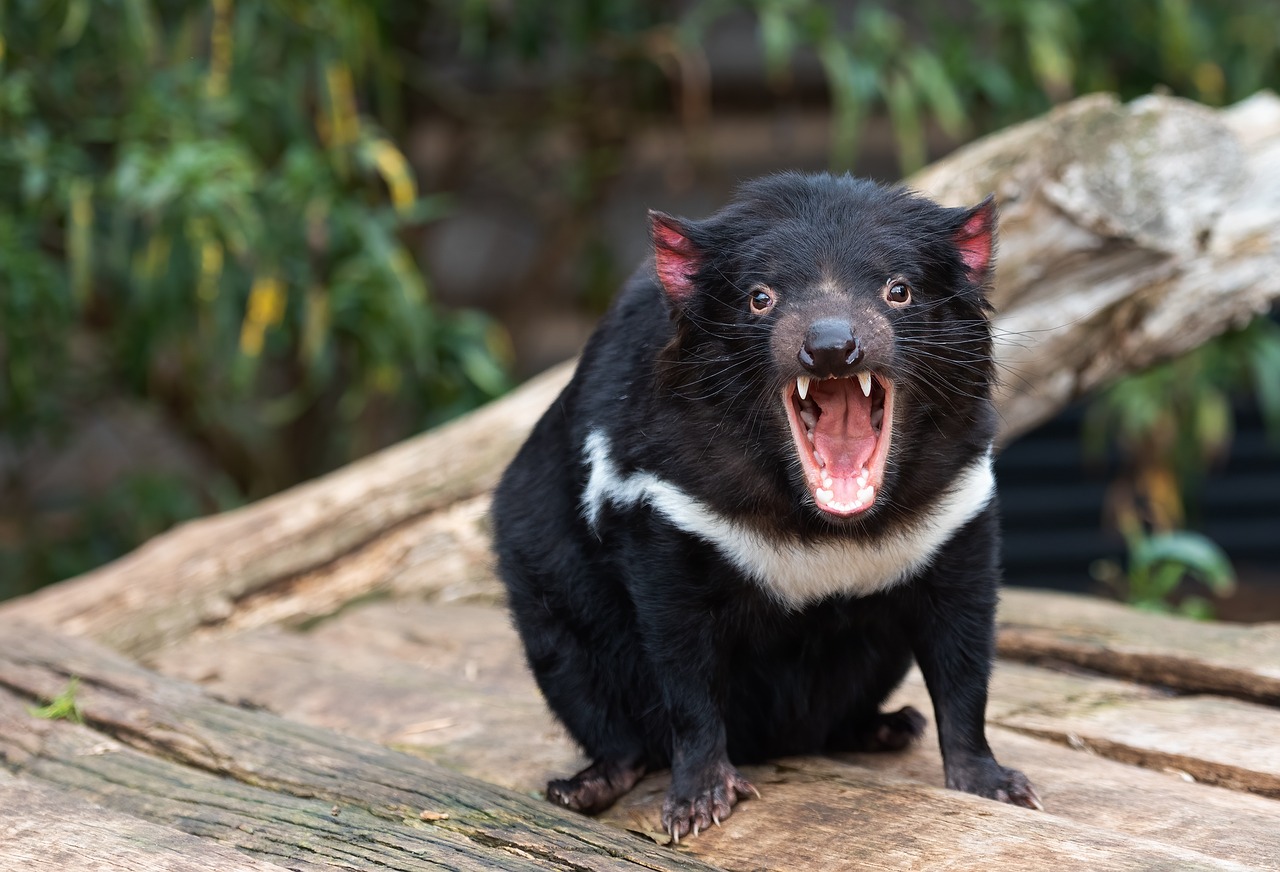
The Pine Barrens, a dense and haunting forest that stretches across southern New Jersey, is home to one of America’s most enduring legends: the Jersey Devil. This mythical creature has fascinated, terrified, and intrigued locals and visitors alike for more than 250 years. With its roots deeply embedded in local folklore, the Jersey Devil remains an enigmatic figure whose legend has only grown with time.
The Origins of the Legend
The tale of the Jersey Devil originates in the early 18th century with the story of Mother Leeds. According to legend, Deborah Leeds, a resident of the Pine Barrens, found herself pregnant for the thirteenth time. In a fit of frustration and exhaustion, she purportedly cursed the unborn child, declaring it to be the devil. On a stormy night in 1735, Mother Leeds went into labor. To the horror of those present, the child was born normal but quickly transformed into a monstrous creature with hooves, a goat’s head, bat-like wings, and a forked tail. The creature screeched before flying up the chimney and disappearing into the surrounding forest, thus beginning the saga of the Jersey Devil.
Descriptions and Sightings
Over the centuries, descriptions of the Jersey Devil have varied, but several characteristics remain consistent: it is said to be a winged creature with the body of a kangaroo, the head of a horse or goat, large, bat-like wings, horns, small arms with clawed hands, cloven hooves, and a forked tail. Its eerie cry is often described as a blood-curdling scream that echoes through the Pine Barrens at night.
Sightings of the Jersey Devil have been reported sporadically throughout the years, with the creature allegedly terrorizing livestock, pets, and sometimes people. One of the most notable periods of reported encounters occurred in 1909 when there was a significant spike in sightings across New Jersey and even in neighboring states. Newspapers of the time chronicled numerous eyewitness accounts, and fear of the Jersey Devil reached a fever pitch, leading to widespread panic.
Cultural Impact
The legend of the Jersey Devil has permeated popular culture in various ways. It has been the subject of books, television shows, and even an episode of the popular series “The X-Files.” The creature has also inspired local sports teams, most notably the NHL’s New Jersey Devils, whose name pays homage to this infamous local legend.
Tourism in the Pine Barrens has seen a boost due to the intrigue surrounding the Jersey Devil. Ghost tours, folklore expeditions, and themed attractions draw enthusiasts and the curious alike, all eager to catch a glimpse of the elusive creature or at least learn more about the mysterious legend that haunts these woods.
Scientific and Skeptical Perspectives
While the legend thrives in popular imagination, skeptics and scientists offer more grounded explanations. Many suggest that the Jersey Devil sightings could be attributed to misidentified animals such as sandhill cranes, whose calls and large wingspans match some descriptions of the creature. Others believe that the legend has been exaggerated through oral tradition, with each retelling adding layers of myth and mystique.
Additionally, some folklorists argue that the Jersey Devil serves as a cultural symbol, representing the wild, untamed nature of the Pine Barrens and the fears of the early settlers in an uncharted land. The story of Mother Leeds may also reflect the hardships and superstitions of colonial life, with the “devil” acting as a metaphor for societal anxieties.
Conclusion
The Jersey Devil remains an indelible part of New Jersey’s cultural and historical fabric. Whether one views it as a genuine cryptid lurking in the Pine Barrens or as a fascinating piece of folklore, the creature continues to captivate and inspire. The mystery of the Jersey Devil endures, a testament to the power of myth and the human penchant for storytelling. As long as there are dark woods and unexplained noises in the night, the legend of the Jersey Devil will live on, haunting the imaginations of those who dare to venture into the Pine Barrens.
